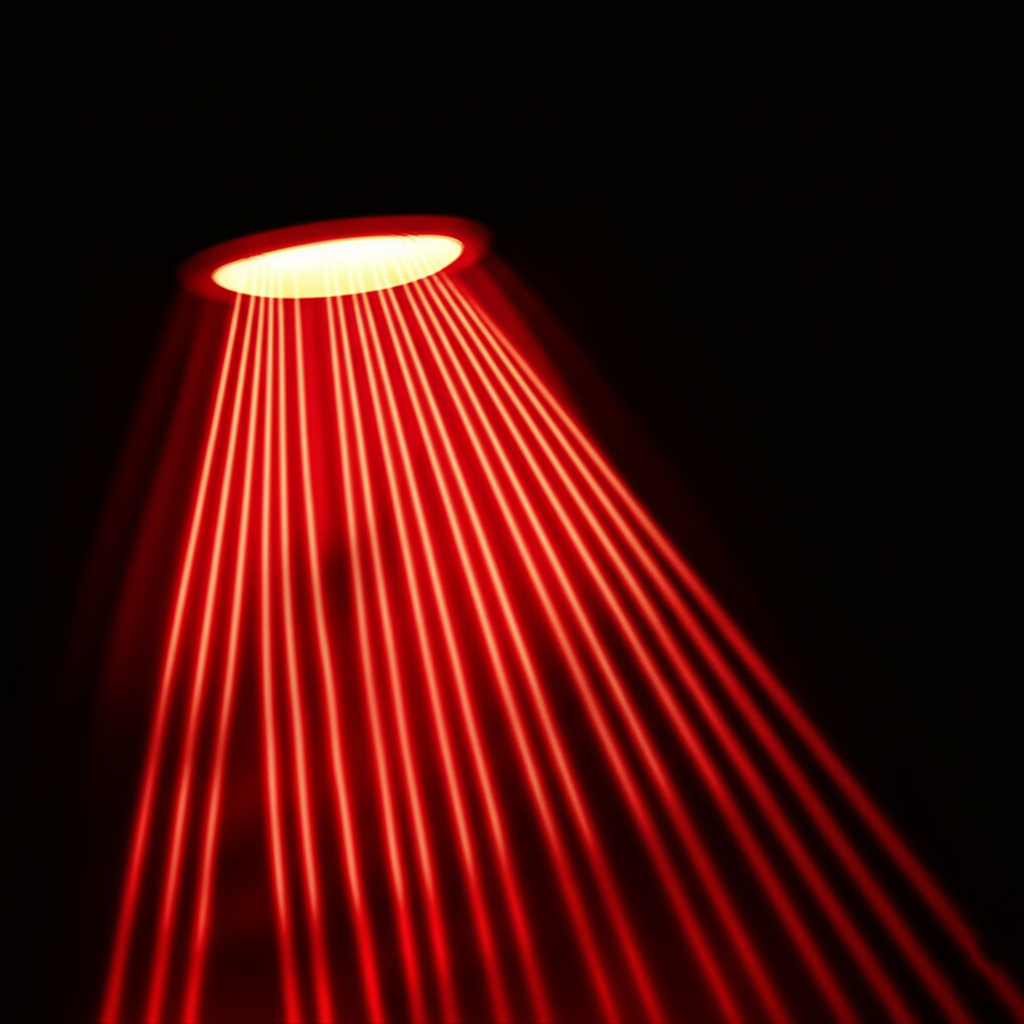Red Light Therapy: Unveiling the Mysteries of 660nm Red and 850nm Near-Infrared Light

In recent years, Red Light Therapy (RLT), also known as low-level laser therapy (LLLT) or photobiomodulation (PBM), has garnered significant attention for its potential health benefits. This technology involves exposing the body to specific wavelengths of light to stimulate cellular function for therapeutic and wellness purposes. Among the various red light wavelengths, 660nm red light and 850nm near-infrared (NIR) light have emerged as focal points in research and application due to their unique biological effects.
660nm Red Light: The Vitality that Touches the Skin
660nm red light falls within the visible red spectrum. It possesses the ability to penetrate the superficial layers of the skin, where it is primarily absorbed by skin cells and nearby tissues. This wavelength is believed to play a role in the following areas:
Promoting Skin Health: Studies suggest that 660nm red light can stimulate the production of collagen and elastin, which helps reduce fine lines, wrinkles, and improve skin elasticity and radiance. This makes it a popular choice in beauty and skincare.
Accelerating Wound Healing: 660nm red light can promote local blood circulation, accelerate cell repair and tissue regeneration, thereby aiding in the healing of wounds, scars, and inflammation.
Relieving Inflammation and Pain: Some research indicates that 660nm red light can reduce inflammatory responses and alleviate discomfort such as joint pain and muscle soreness.


850nm Near-Infrared Light: The Healing Power that Penetrates Deeper
850nm near-infrared (NIR) light resides beyond the visible light spectrum. Its longer wavelength allows for greater penetration into the body, reaching deeper tissues such as muscles, nerves, and even bones. Due to its enhanced penetrative ability, 850nm NIR light is considered to have potential in the following areas:
Alleviating Deep Pain and Inflammation: It can reach deeper tissues, directly targeting the source of pain and inflammation, potentially providing relief for conditions like arthritis, muscle injuries, and nerve pain.
Promoting Muscle Recovery: Research suggests that 850nm NIR light can accelerate the repair of muscle cells, reduce post-exercise muscle soreness, and improve athletic performance.
Improving Neurological Function: Some preliminary studies indicate that NIR light may have positive effects on brain function, such as improving cognitive function and alleviating symptoms of neurodegenerative diseases.
Boosting Cellular Energy Production: Both red and near-infrared light are believed to stimulate the function of mitochondria (the "powerhouses" of cells), increasing the production of cellular energy, thereby promoting overall cell health and function.


The Synergistic Effects of 660nm and 850nm
It is worth noting that 660nm red light and 850nm near-infrared light are not mutually exclusive but can work synergistically, exerting their respective benefits at different tissue depths to achieve more comprehensive therapeutic outcomes. Many red light therapy devices utilize both wavelengths simultaneously or alternately.
Conclusion and Outlook
660nm red light and 850nm near-infrared light are two significant wavelengths in red light therapy, demonstrating great potential in promoting skin health, wound healing, pain relief, muscle recovery, and improving neurological function through distinct biological mechanisms. As scientific research continues to advance, we have reason to believe that red light therapy will play an increasingly important role in the future of health and wellness.
Please Note: While red light therapy is generally considered safe, it is always best to consult with a healthcare professional before use, especially for individuals with pre-existing health conditions or those undergoing medical treatment. This blog post is for informational purposes only and does not constitute medical advice.


